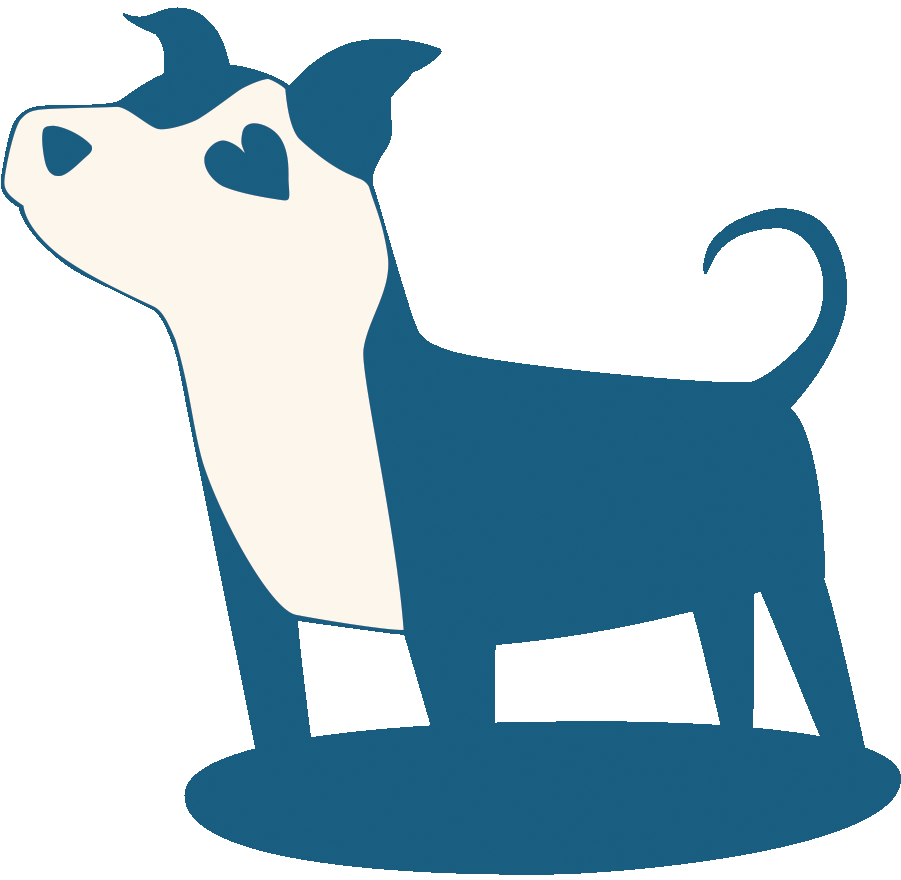On "Reinforcing" Fear
"Reinforcing" Fear

We’re coming up on the season of fireworks, thunderstorms, motorcycles, and noisy cookouts. The summer can be a difficult time for dogs who are sensitive to or fearful noisy events. If your dog is stressed out by thunderstorms or fireworks, go ahead and comfort them if it helps. You can’t reinforce fear.

When we’re talking about the science of learning, to “reinforce” something means we are increasing the likelihood that the behavior will be repeated in the future. When we reinforce a behavior, we’re telling the animal that the choice they just made was a wise one because it produces consequences that are desirable. "If you want to get more of the stuff that you want, then keep trying that behavior!" The animal makes a conscious choice about their future behavior based on the consequences of their past behavior.
Fear, however, is an involuntary emotional response, not a conscious chosen behavior. By definition, you cannot reinforce it. We can only reinforce behaviors, not emotions.
The function of fear is to be profoundly unpleasant so the animal learns to avoid whatever is causing the fear. Fear tells an animal’s brain, “PANIC! Something’s wrong! Survive!” With the brain in panic mode, you can only create associations (classical conditioning), not manipulate the likelihood of deliberate behaviors being repeated in the future (operant conditioning). Fear overrides decision-making in the brain.
And even if all this weren't the case, no one would choose to feel terrified just for some snuggling! Fear is unpleasant, and a few measly pats on the head or snuggles isn’t going to override an animal’s need to avoid it. Does getting a lollipop from the doctor make kids more likely to be afraid of the doctor? Or does it help them realize that doctor visits aren’t so terrible?
It is technically possible to reinforce fearful behaviors. Imagine that your dog hears a clap of thunder and jumps up on the couch to snuggle with you. This makes them feel a bit better about it, so the next time there’s a thunder clap, they jump up on the couch with you again. But this means that your dog is seeking you out for comfort and security, not that they’re choosing to be afraid for the sake of a snuggle. And I love to know that my dog trusts me and finds my presence to be comforting; I know I feel that way about her!

Research on fearful responses shows that petting and comforting a dog when they’re afraid doesn’t actually reduce cortisol levels in their bodies. (The presence of other dogs, however, did.) (Dreschel et al, 2005.) Other studies tell us that while being around dogs decreases cortisol in humans, it doesn’t do the same for dogs. But the presence of known people increased production of oxytocin, prolactin, and dopamine in dogs, which are all associated with good feelings. (Odendaal et al, 2003.) So while you may not actually be reducing stress hormones in your dog by comforting them, they certainly can find it soothing and helpful. (And anecdotally, I see a reduction in stress-related behaviors when I let my dog snuggle up on me during a fireworks display. I’m going to snuggle her if it seems to help.)
While we can’t reinforce emotions, we can create or change emotional responses. You can use classical conditioning to your advantage to help your dog with scary events. If your dog is crazy about fetch, or gaga for canned chicken, try pairing those great things with a looming thunderstorm or far-off fireworks. Just as a fearful emotional response to stimuli is involuntary, so are giddy emotional responses. With enough controlled repetitions, it’s possible to teach your dog that previously unpleasant stimuli are actually pretty good. (For more on classical and counter conditioning, check out this video)
The key to helping your dog is to find something that actually lets them feel safer and more comfortable. For some dogs, that means being quietly stroked by someone they love or pinning themselves to your side. For other dogs, that might mean curling up in the back of a closet or the bathtub. Thundershirts, Through a Dog’s Ear, supplements containing l-theanine or casein or pheromone products might help as well. If your dog’s response to fireworks, thunderstorms, or other stressful events is really significant, you should talk to your veterinarian about appropriate medications. (Learn more here.)
Of course, there’s a difference between giving your dog whatever reassurance they need to lower their stress and gripping your dog by the shoulders, staring them in the face and “reassuring” them that “It’s OK!! It’s OK! Everything is fine! JUST CALM DOWN! No one is GOING TO DIE!!!” and perhaps that’s where people get mixed up in the idea of “reinforcing” fear.
Do what helps you and your dog get through a rough event, and don’t worry about “reinforcing” something that they’re not actually choosing to do.


















